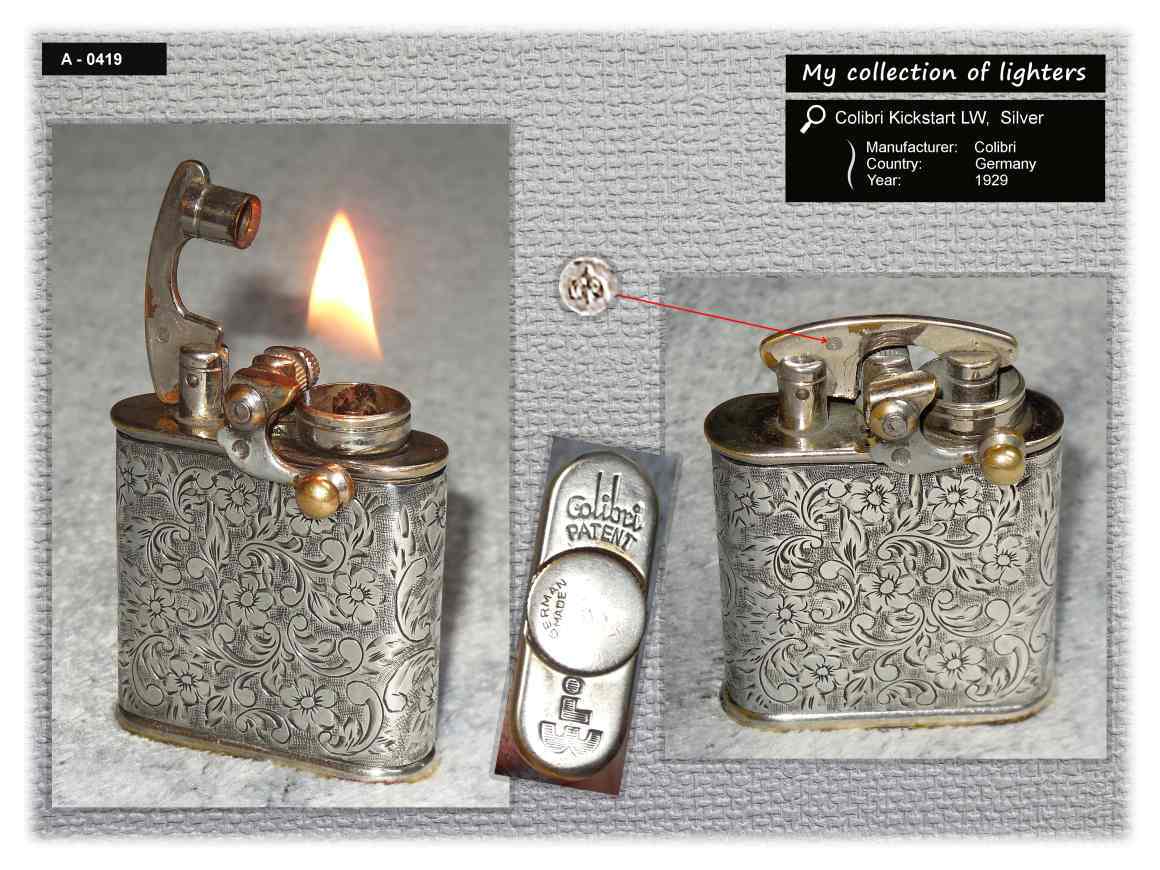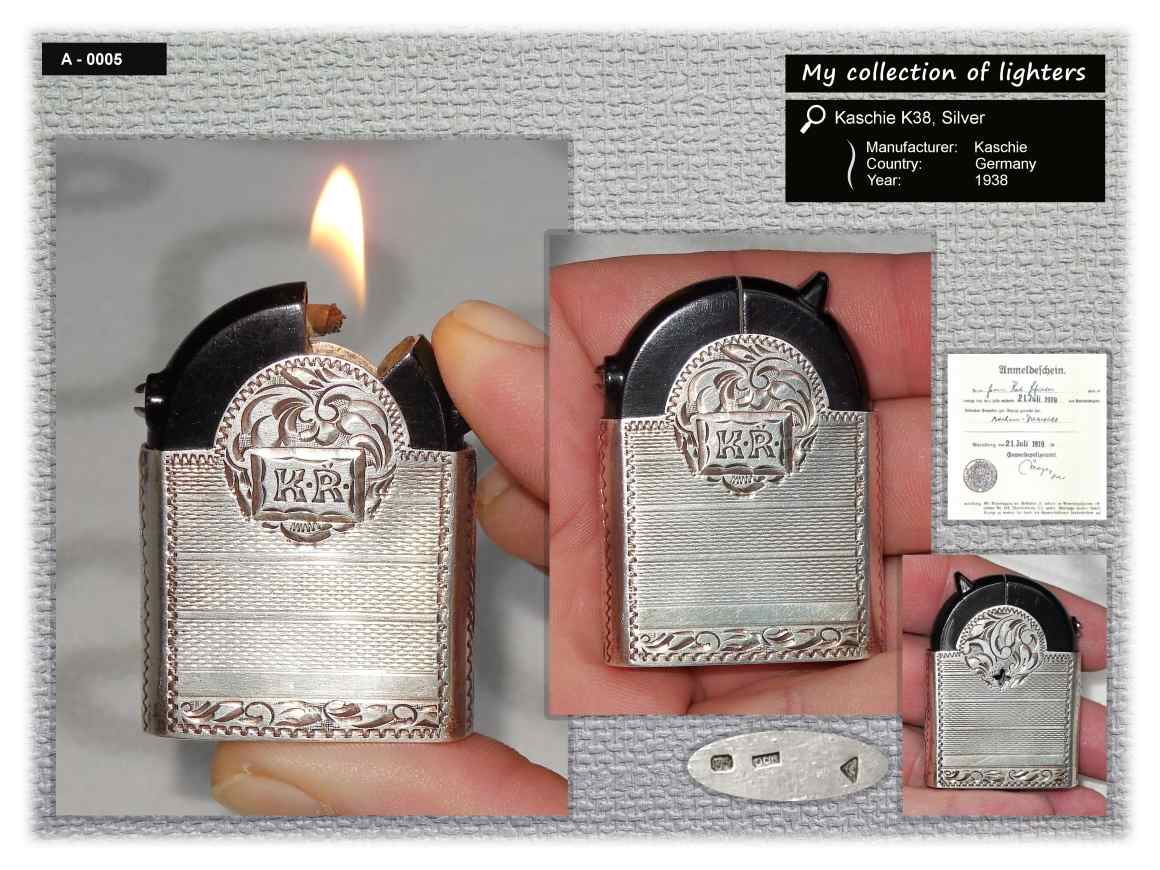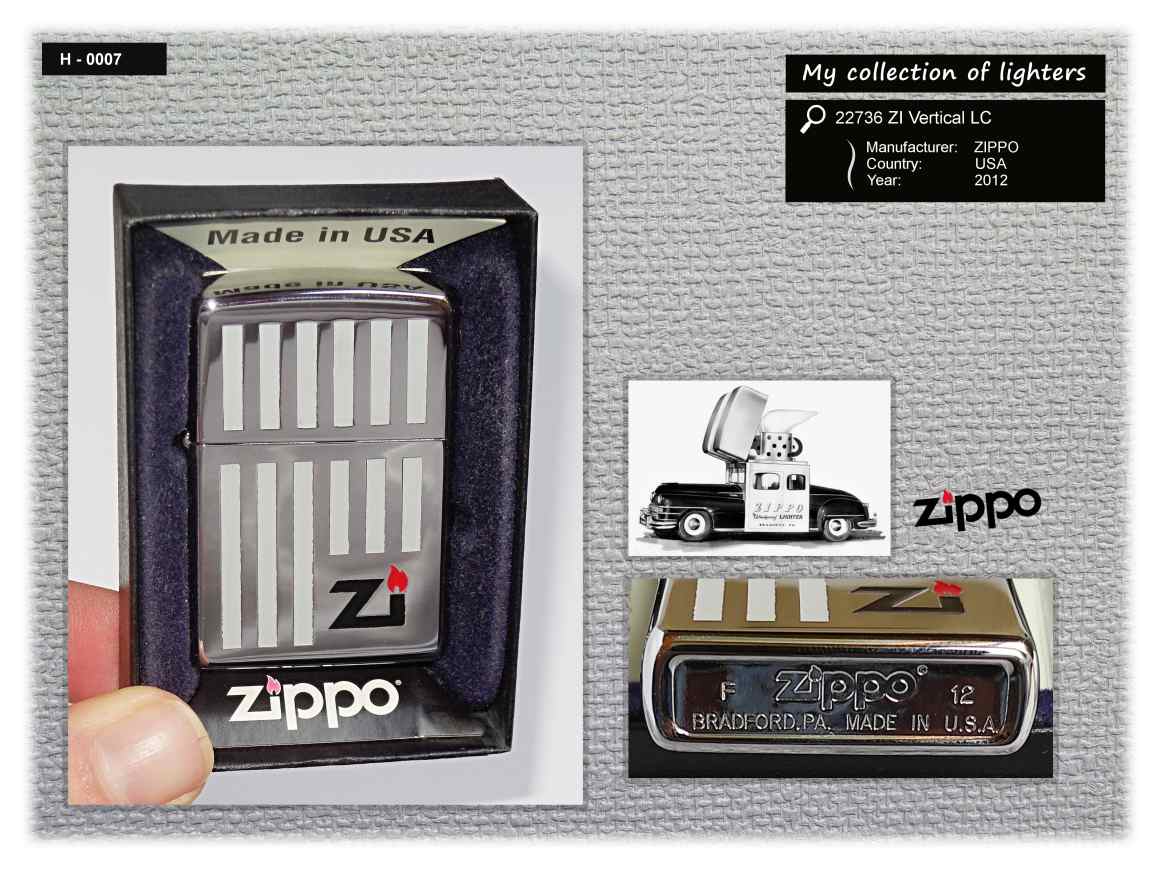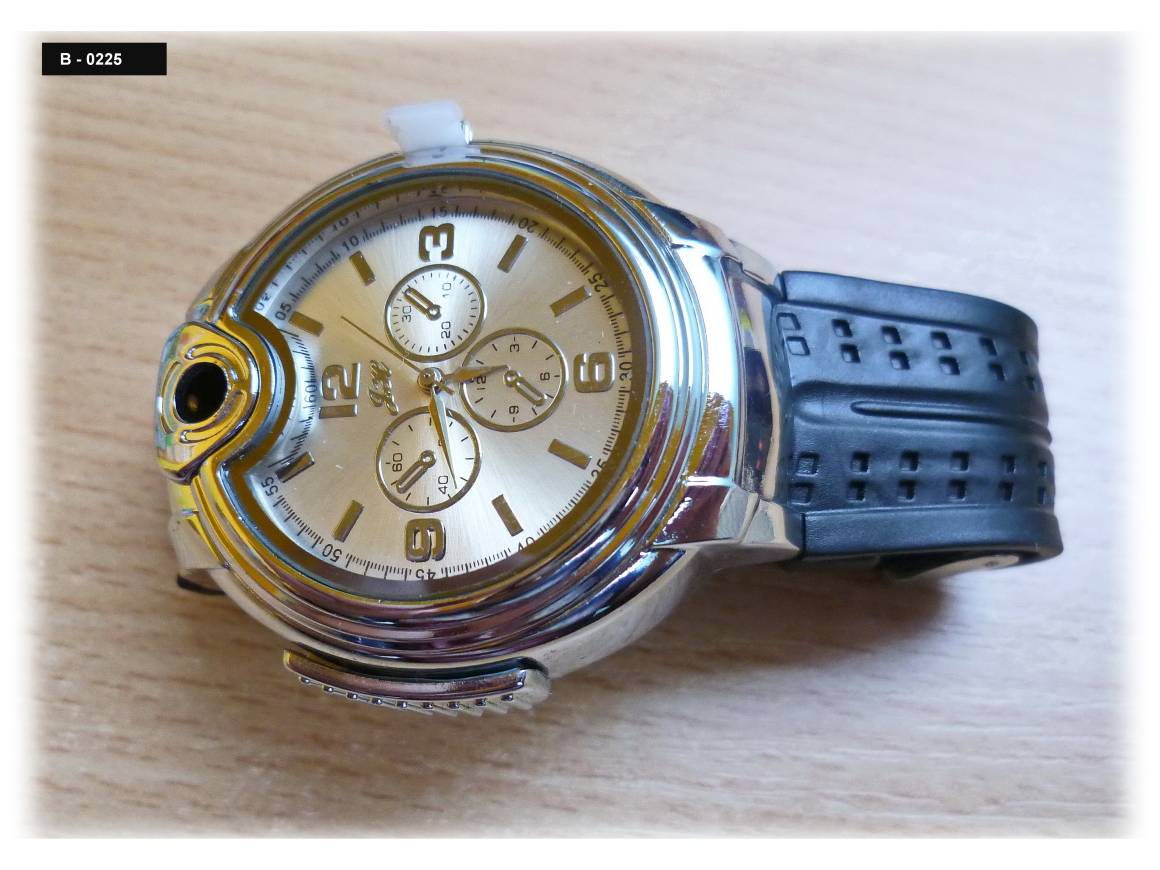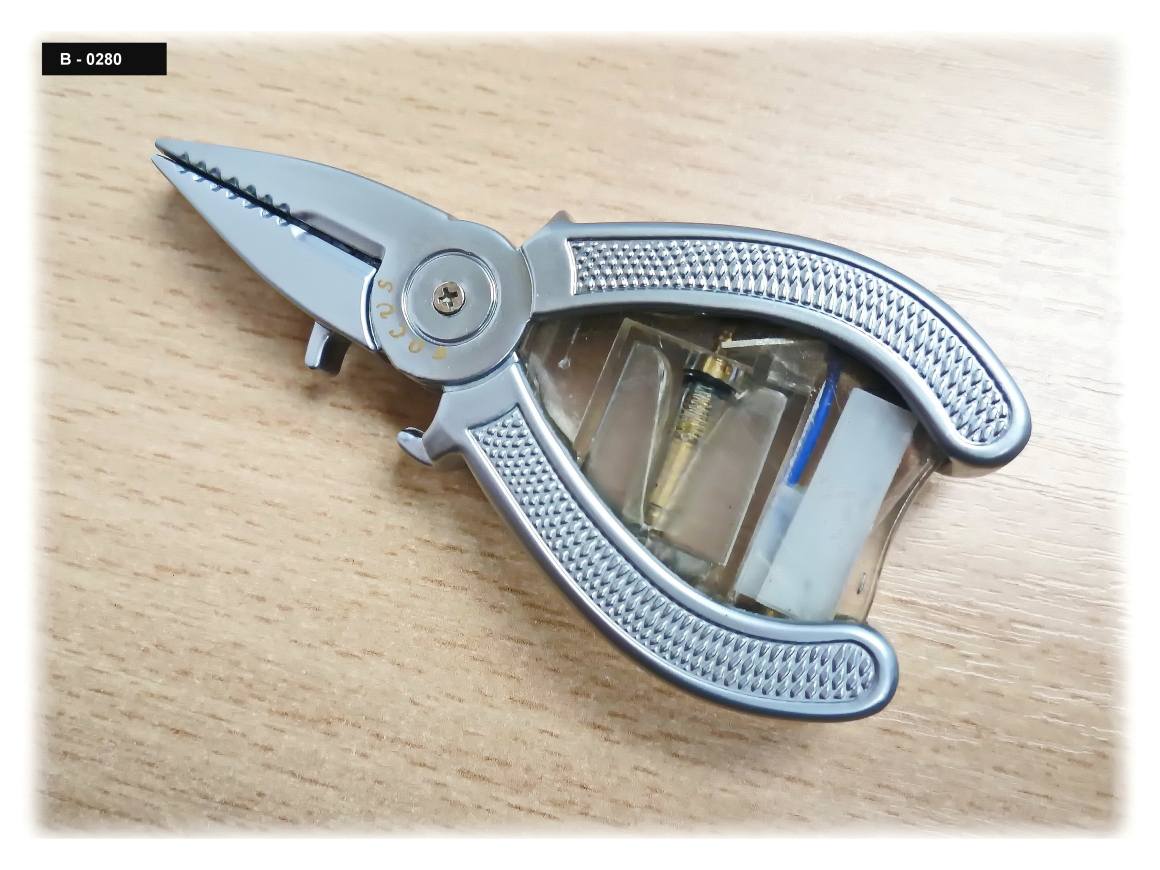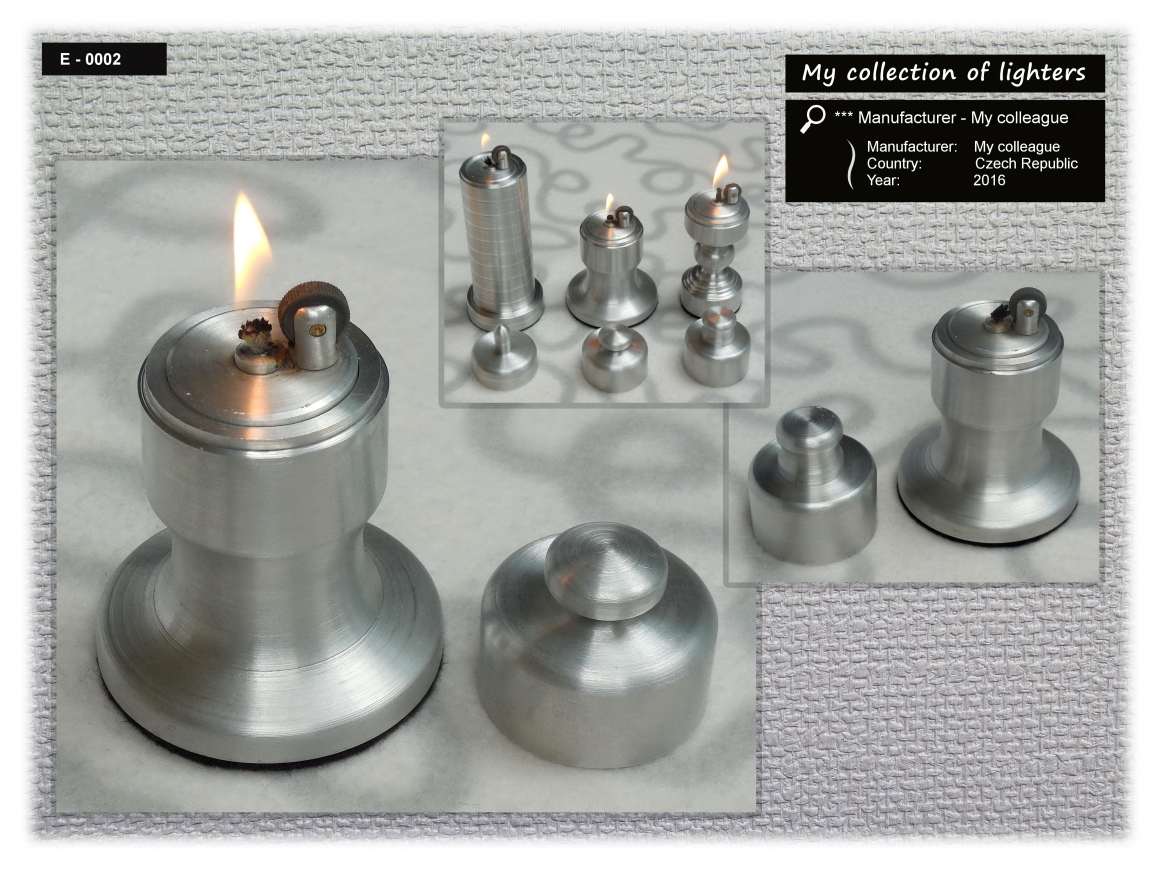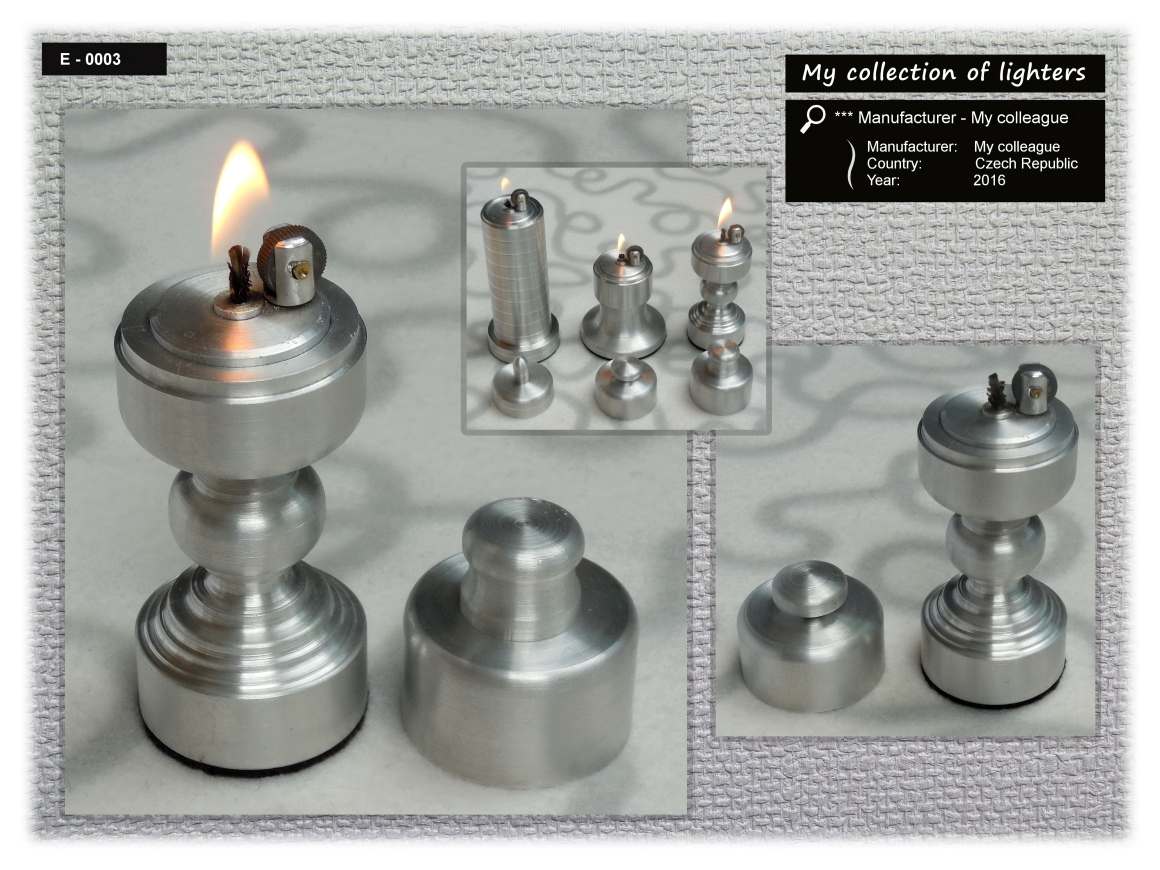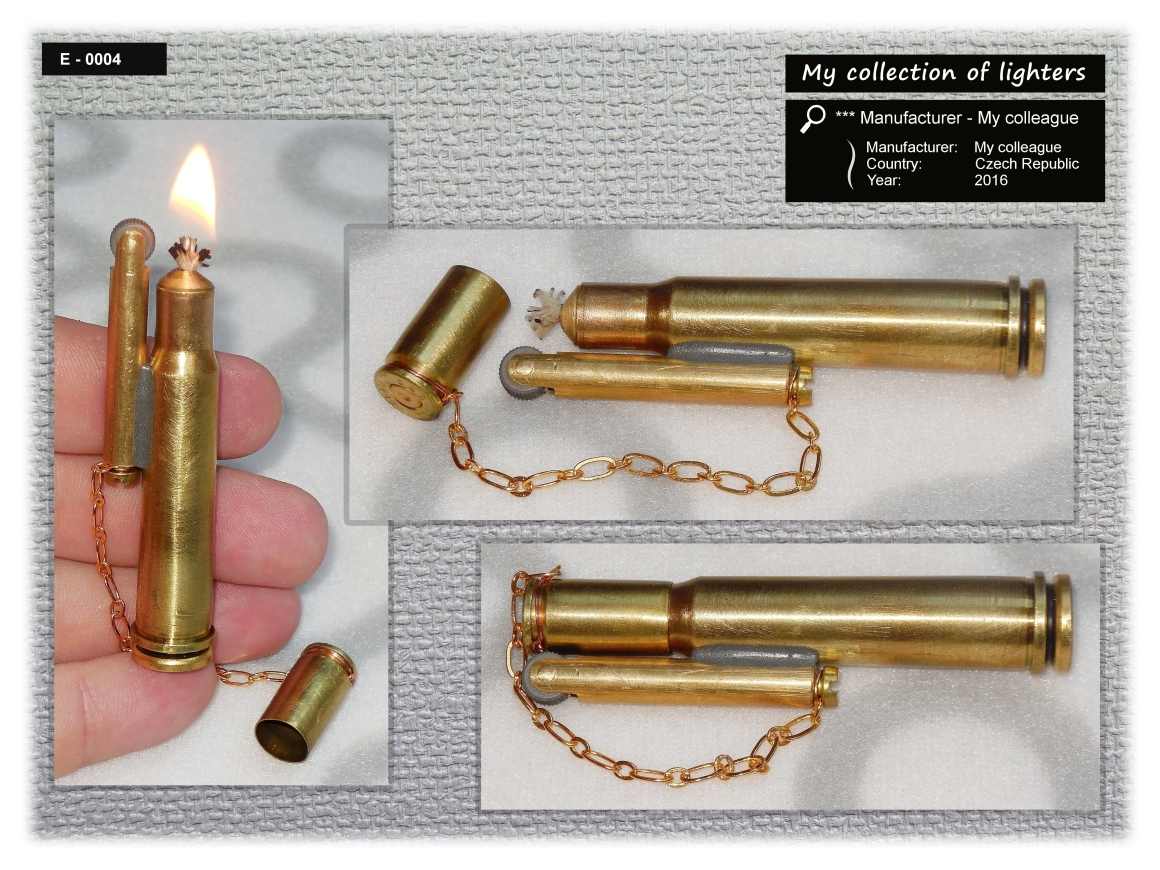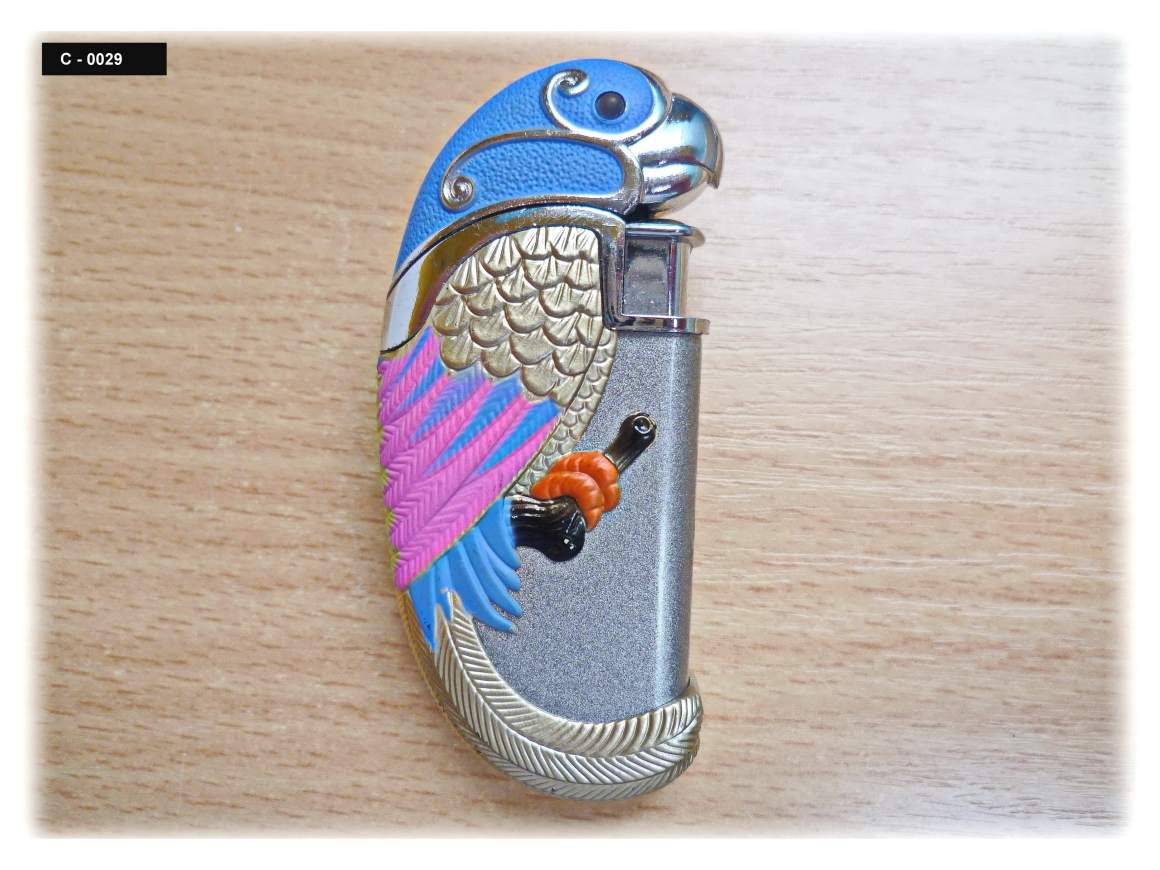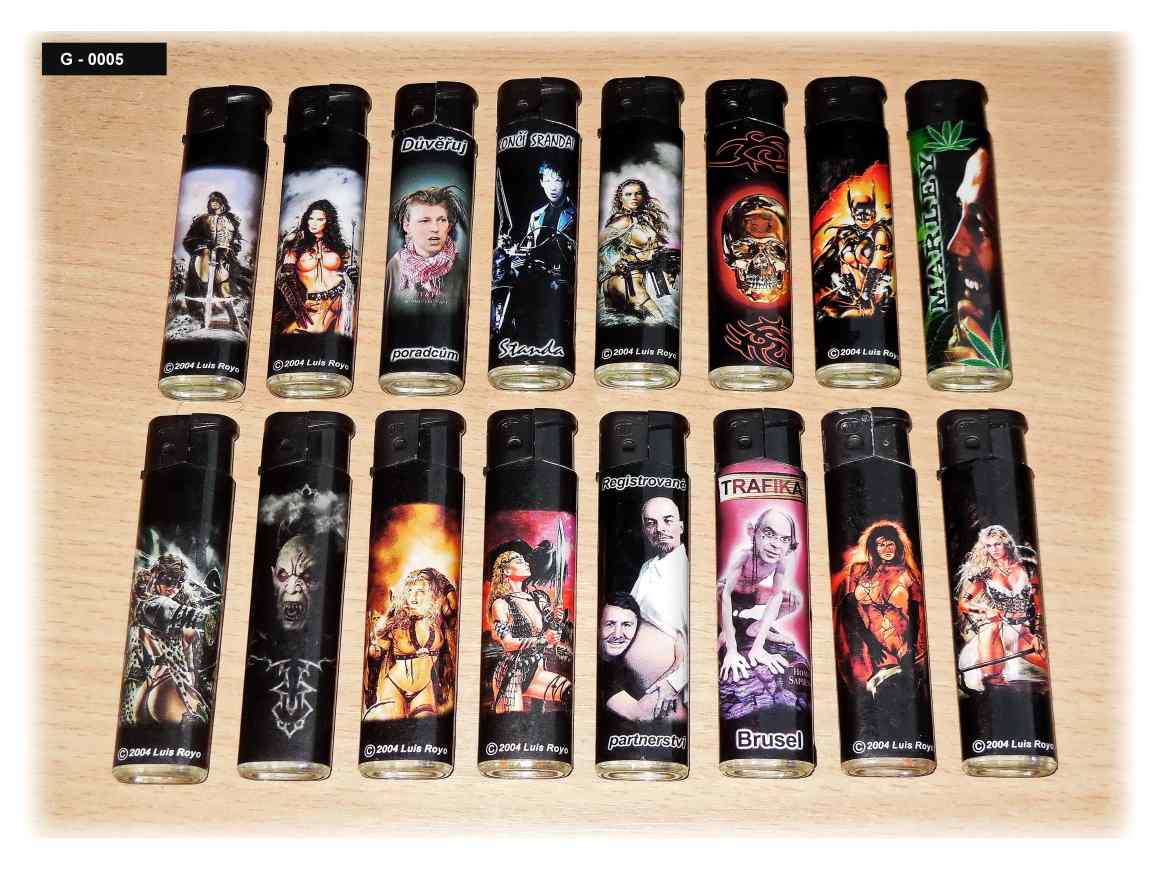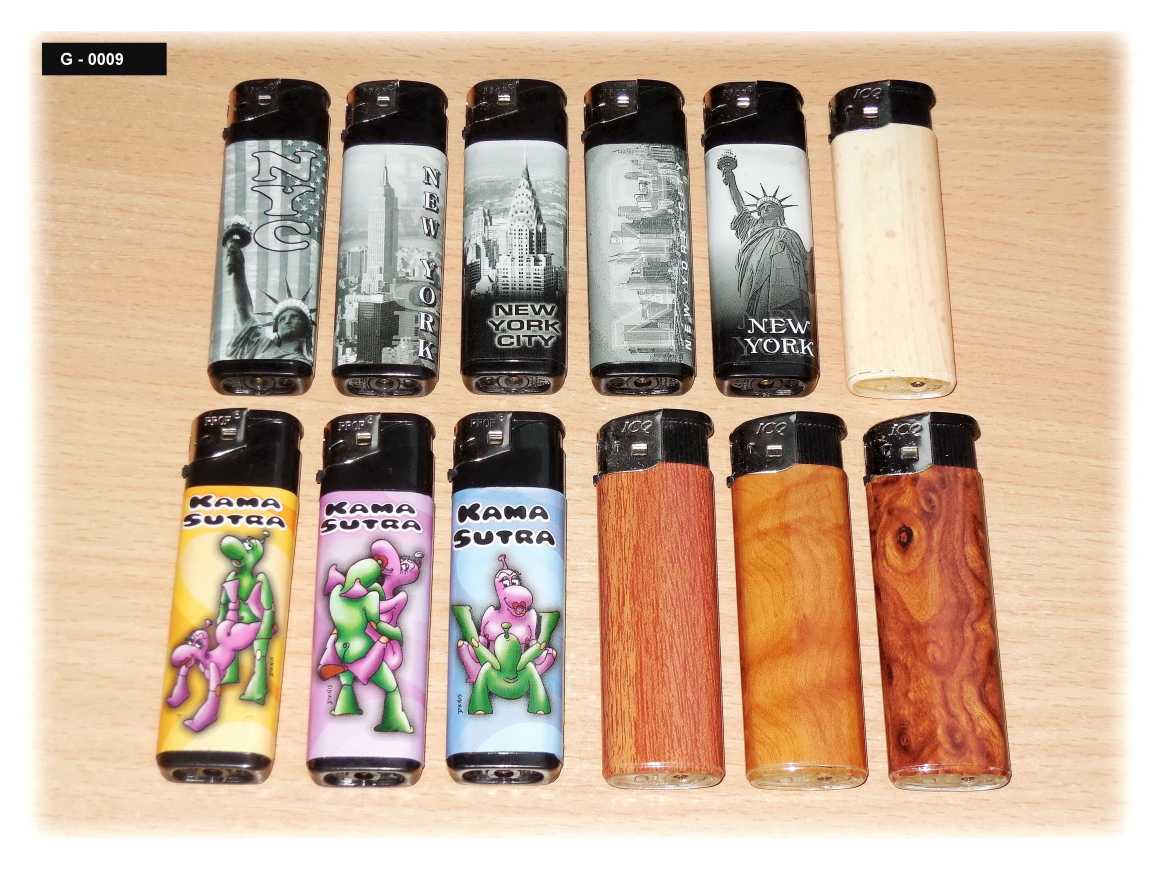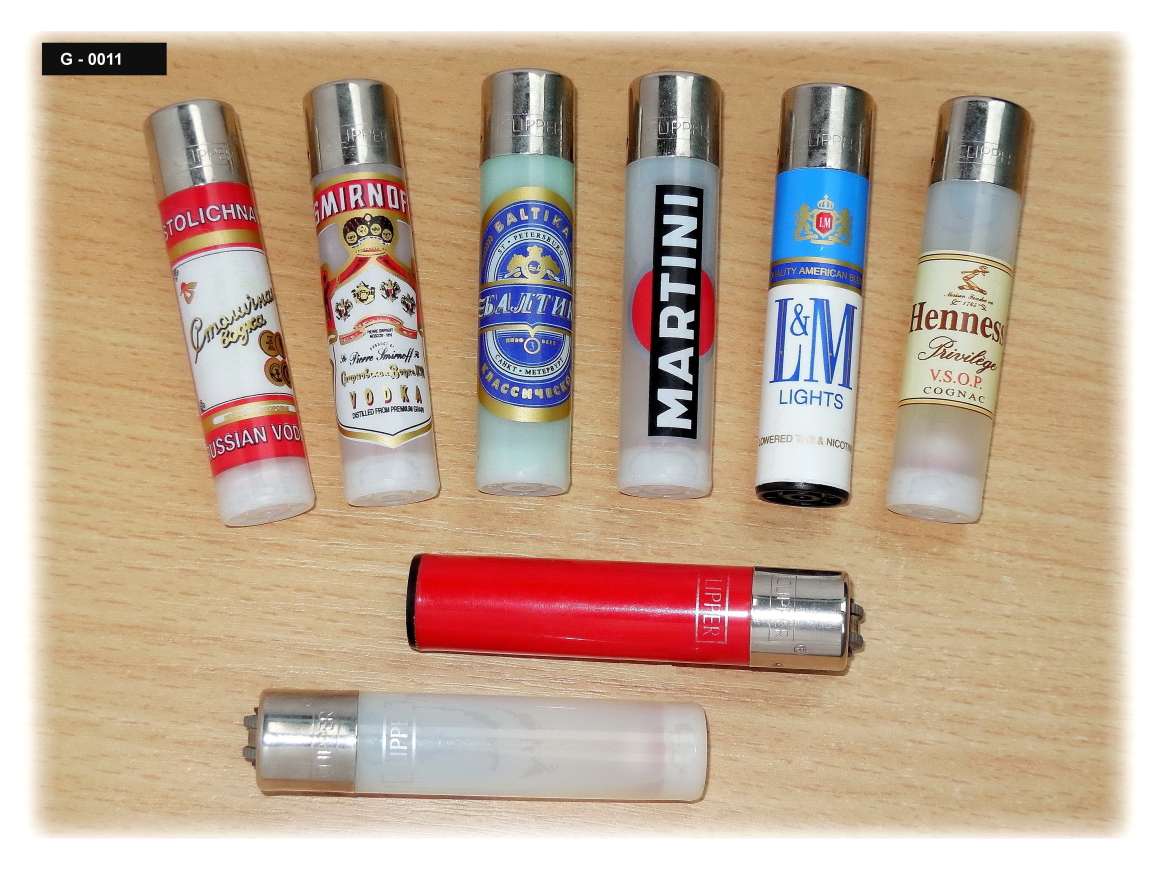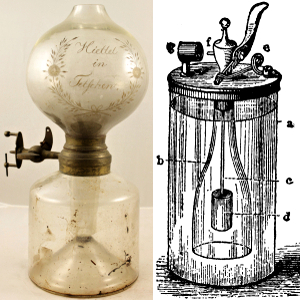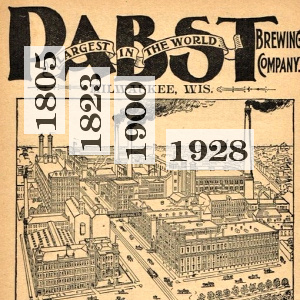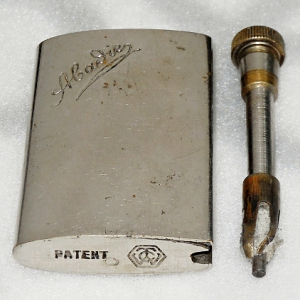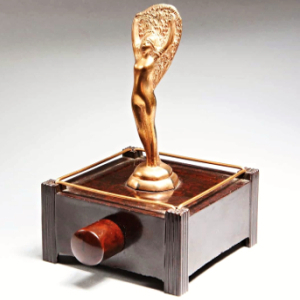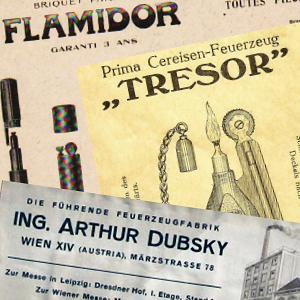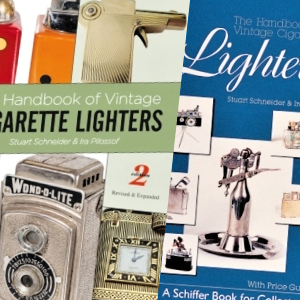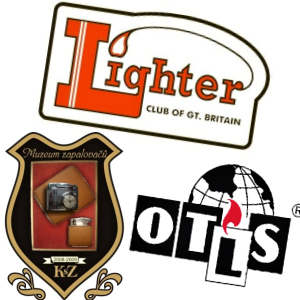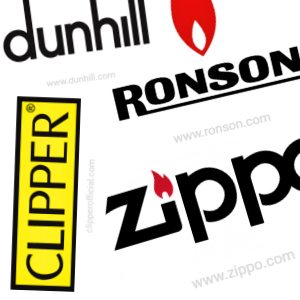- History:
HISTORY
The first lighters were converted flintlock pistols that used gunpowder. In 1662 the Turkish traveller Evliya Çelebi visited Vienna as a member of an Ottoman diplomatic mission and admired the lighters being manufactured there: “Enclosed in a kind of tiny box are tinder, a steel, sulphur and resinous wood. When struck just like a firearm wheel the wood bursts into flame. This is useful for soldiers on campaign.”[1] One of the first lighters was invented by a German chemist named Johann Wolfgang Döbereiner in 1823 and was often called Döbereiner’s lamp.[2] This lighter worked by passing flammable hydrogen gas, produced within the lighter by a chemical reaction, over a platinum metal catalyst which in turn caused it to ignite and give off a great amount of heat and light.[2]
The patenting of ferrocerium (often misidentified as flint) by Carl Auer von Welsbach in 1903 has made modern lighters possible. When scratched, it produces a large spark which is responsible for lighting the fuel of many lighters, and is suitably inexpensive for use in disposable items.
Using Carl Auer von Welsbach’s flint, companies like Ronson were able to develop practical and easy to use lighters. In 1910, Ronson released the first Pist-O-Liter, and in 1913, the company developed its first lighter, called the “Wonderlite”, which was a permanent match style of lighter.[3]
During WWl soldiers started to create lighters of empty cartridge cases. During that time one of the soldiers came up with a means to insert a chimney cap with holes in it to make it more windproof.[citation needed]
The Zippo lighter and company were invented and founded by George Grant Blaisdell in 1932. The Zippo was noted for its reliability, “Life Time Warranty” and marketing as “Wind-Proof”.[4] Most early Zippos used naphtha as a fuel source.
In the 1950s, there was a switch in the fuel of choice from naphtha to butane,[citation needed] as butane allows for a controllable flame and has less odour.[5] This also led to the use of piezoelectric spark, which replaced the need for a flint wheel in some lighters and was used in many Ronson lighters.
In modern times most of the world’s lighters are produced in France, the United States, China, and Thailand.[6]
DÖBEREINER'S LAMP

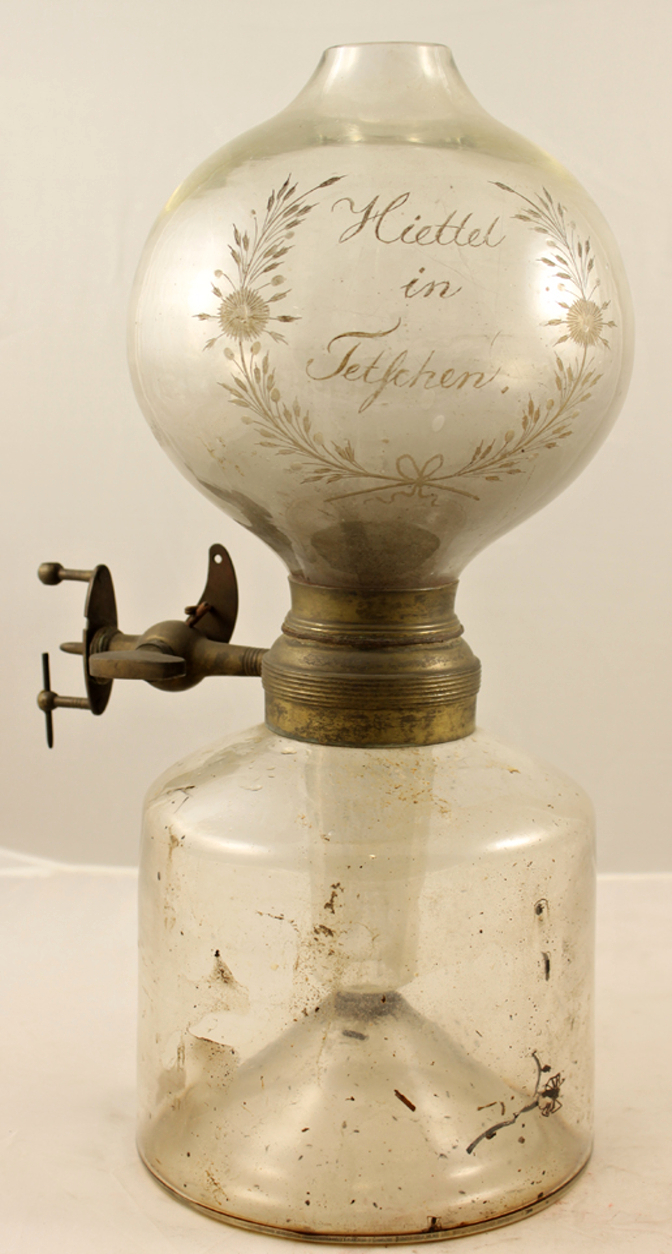
Döbereiner’s lamp, also called a “tinderbox” (“Feuerzeug”), is a lighter invented in 1823 by the German chemist Johann Wolfgang Döbereiner; the lighter is based on the Fürstenberger lighter and was in production until ca. 1880. In the jar, similar to the Kipp’s apparatus, zinc metal reacts with dilute sulfuric acid to produce hydrogen gas. When a valve is opened, a jet of hydrogen is released onto a platinum sponge. The sponge catalyzes a reaction with atmospheric oxygen, which heats the catalyst and ignites the hydrogen, producing a gentle flame.
The Döbereiner’s lamp is considered as the first commercial application of heterogeneous catalysis[1] and was commercialized for lighting fires and pipes. The world’s largest manufacturer of these lighters was Heinrich Gottfried Piegler from Schleiz in Thuringia (Germany).[2] It is said that in the 1820s over a million of the “tinderboxes” were sold.[3]

